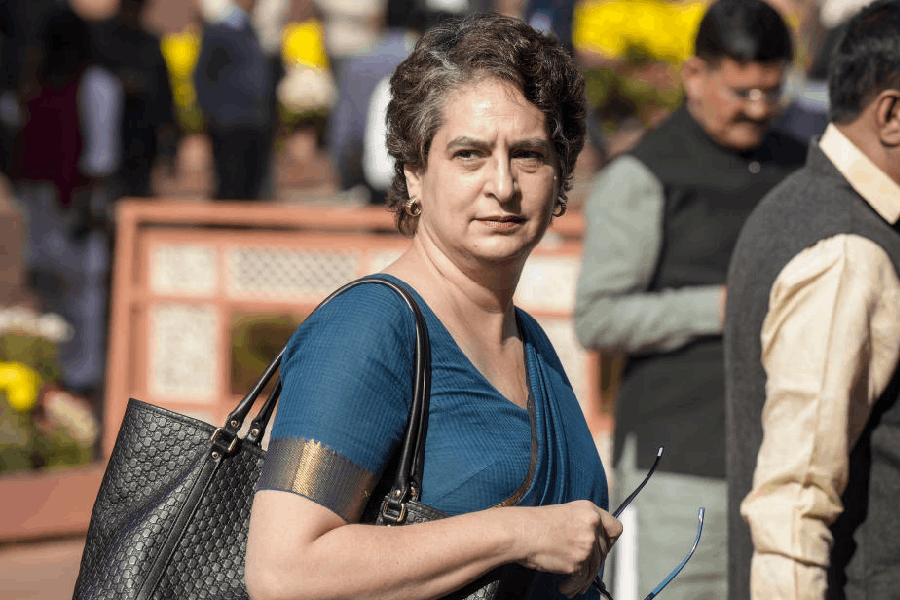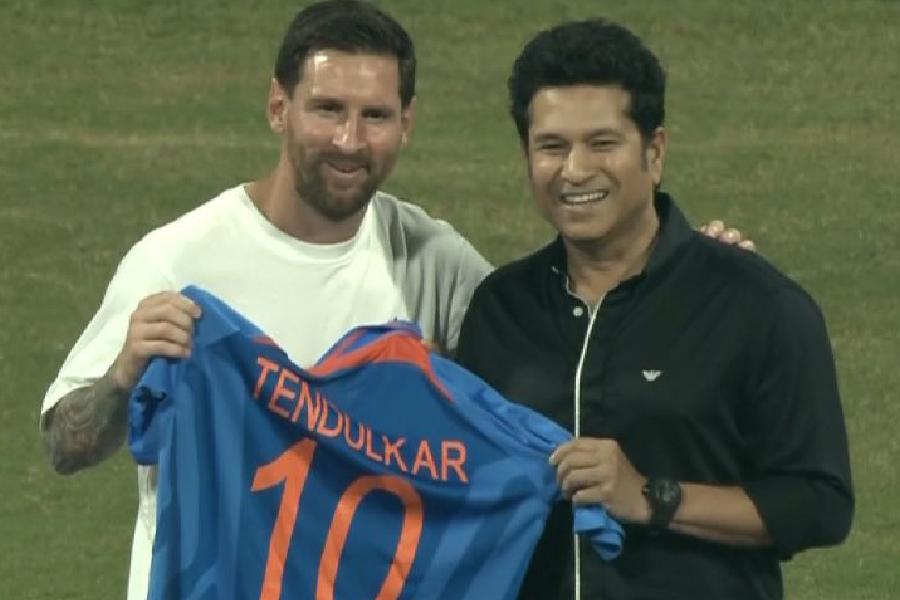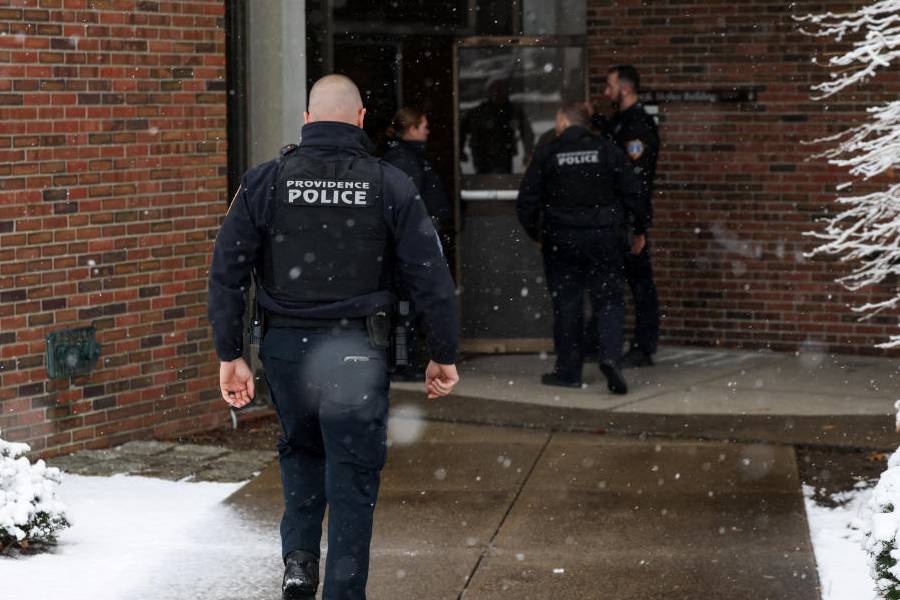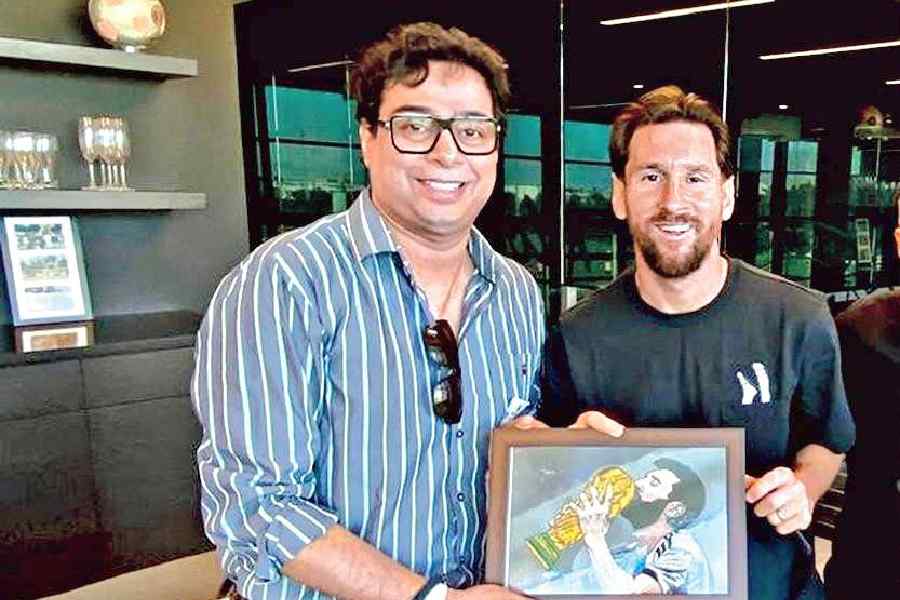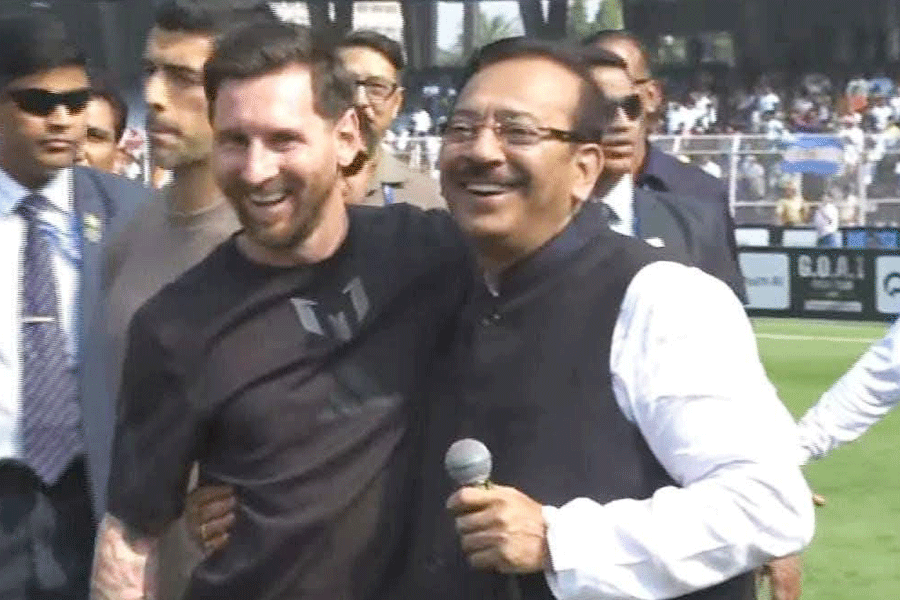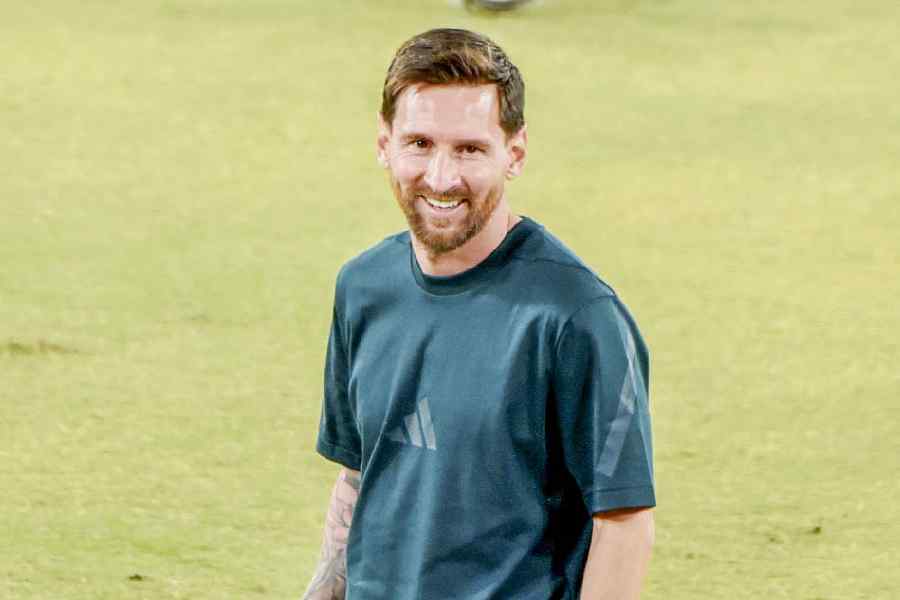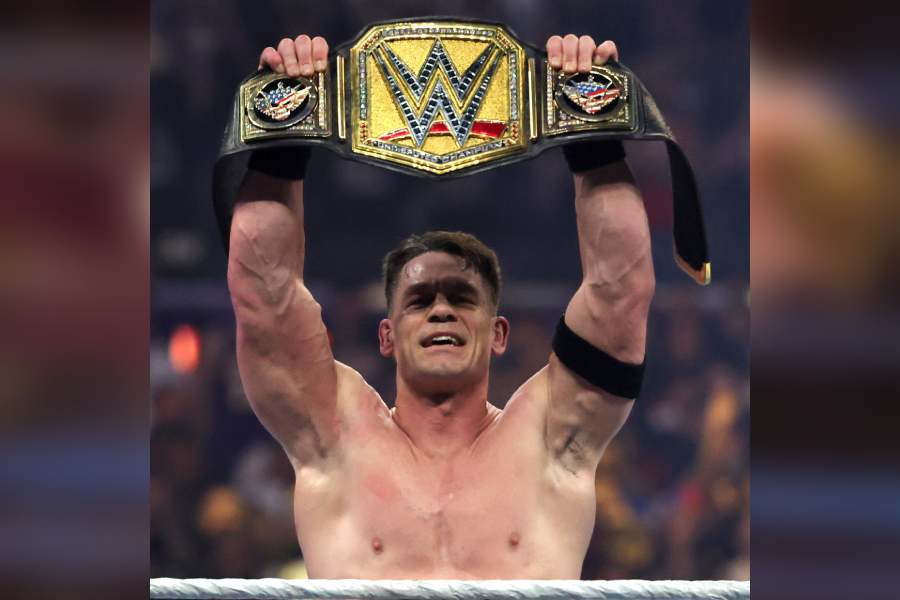Wimbledon 2015 was a great success story for India. Of the 14 players who got their hands on the coveted trophies (and accompanying cheques), three were Indian. America, Hungary and Switzerland each got two. Tennis giants like Spain, France and Australia got none. How times have changed!
I first saw Indian tennis in the international arena in 1961 in Delhi. It was the Davis Cup semi-final and our three musketeers - Ramanathan Krishnan, Premjit Lall and Jaideep Mukerjea - were facing the might of America led by Chuck Mckinley, who was to win Wimbledon two years later. We lost a tight match 3-2 but Krish won both of his singles matches. I was hooked by the spectacle and the beauty of tennis and our three musketeers instantly became my boyhood heroes. They embodied all that seemed good in Indian sport and India itself. They were stylish buccaneers from a poor starving nation taking on the most powerful nation on earth and going down fighting, glorious in defeat. Ever since then I have followed their fortunes and those of their successors - Vijay Amritraj, Ramesh Krishnan, Leander Paes, Sania Mirza and now, dare I say it, Sumit Nagal.
I started to play at age 13 in 1964 and by 16 was playing in national junior tournaments (with limited success). But the joy of taking part, of living in the same clubs as the great musketeers, of being acknowledged by them with a smile or a nod, far outweighed the pill of defeat. Had I not become seriously engaged with study, I might have become the first Indian tennis groupie!
I went star-struck to Wimbledon as a young student in 1971 and in 1972 I had the chance to watch Jaideep playing on court number 2 against Clark Graebner. Again, defeat did not damage the glory of just being there. Sadly, I never saw Premjit's epic match against Rod Laver in 1969 or Krish beating Roy Emerson (winner of 12 Grand Slam titles) to reach the semis in 1961 or his defeat of the French champion Luis Ayala the year before at the same stage of the tournament. In those days, Grand Slam tennis was amateur but in 1968, the French Open ushered in the open era where all players professional and amateur competed on equal terms. The great Australian touch player, Ken Rosewall (another of my sporting heroes), became the first winner of an open-era Grand Slam at the age of 34. Today, all players are professional, competing for prize money in the world circuit.
Indian tennis has changed beyond recognition in the open era too. In the 1960s, there were not many courts in the country, access was very limited to club members, juniors got hardly any court time and the number of players who played state-level tournaments might have been 100. The price of a can of tennis balls was probably greater than a chauffeur's daily wage! What a contrast with today.
Throughout the 1980s, my interest in Indian tennis went from national pride to personal pride as the players of my generation - Vijay and Anand Amritraj - achieved great things on the world stage. Vijay's three quarter-finals at Wimbledon, his epic losing matches against Bjorn Borg, Jimmy Connors, and Jan Kodes, his defeats of Rod Laver and Borg at the US Open remain as warm memories of a sunny yesterday.
Wimbledon 2015 has given us much to cheer about. No longer do we glory in honourable defeat. Our new-found wealth has given us a self-confidence and toughness reflected in our sporting success. Paes has won 16 Grand Slam titles and Sania Mirza made history last Saturday. And now we have a new kid on the block too. But the road from junior success to senior triumphs is hard and rocky. Most successful juniors do not make it in the senior game. So be warned Mr Nagal. Work hard, develop your game to include the variety shots - the drop shot, the slow swinging serve which lands only halfway up the sideline (so beautifully employed by Arthur Ashe in his destruction of brash Jimmy Connors in the 1975 Wimbledon final), speed to counter the bigger, more physical players, strength and the never-say-die attitude of the new India. And I hope I will be cheering him on to victory at SW19 in the years to come and complete the journey I began more than 50 years ago.
The writer is the director of studies at Sidney Sussex College, Cambridge, where he is a Fellow. He was the PhD superviser of Yanis Varoufakis, former finance minister of Greece.



